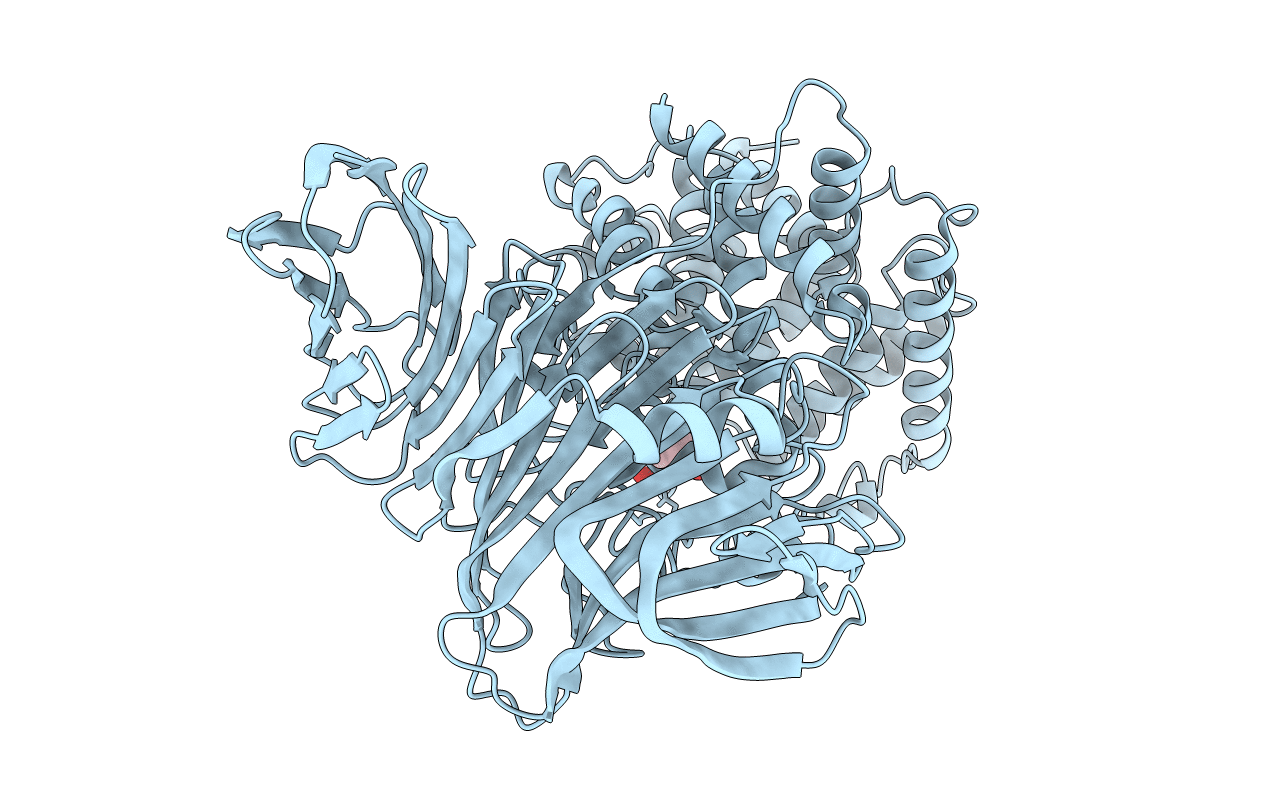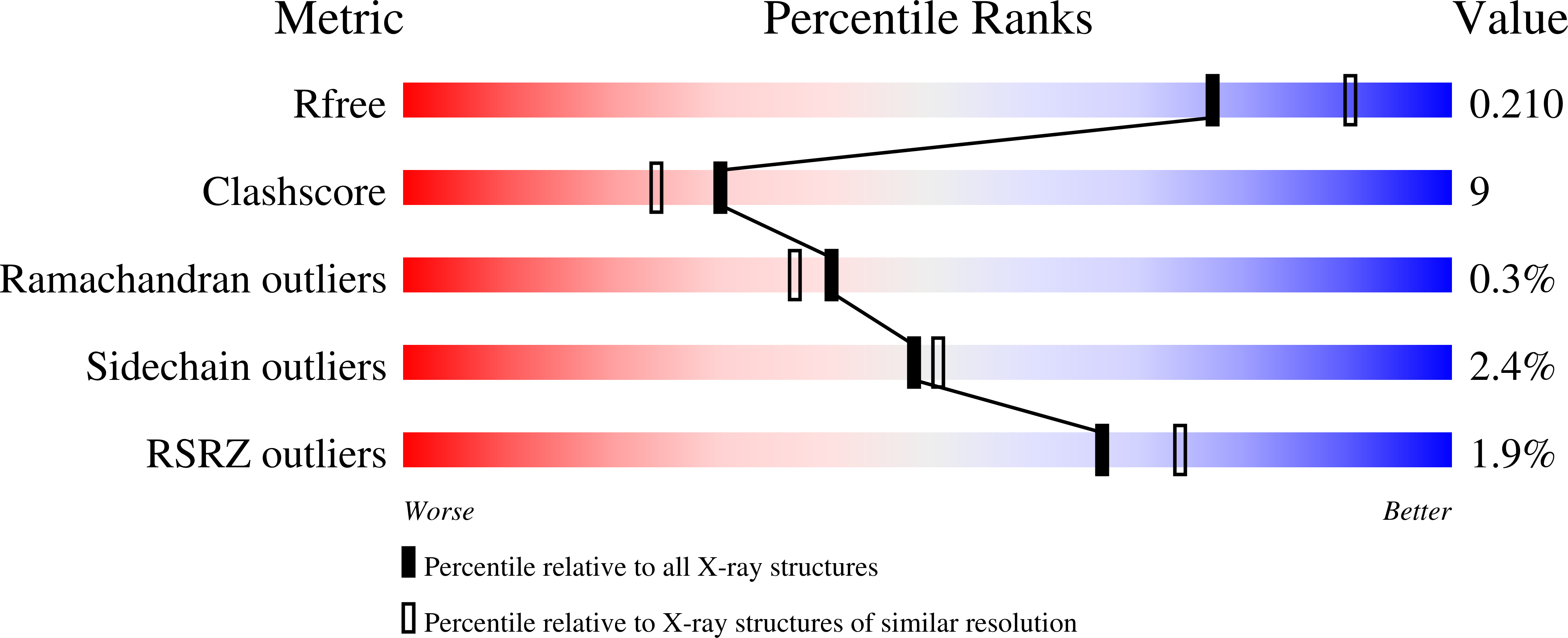
Deposition Date
2006-11-07
Release Date
2007-01-30
Last Version Date
2023-10-25
Method Details:
Experimental Method:
Resolution:
2.15 Å
R-Value Free:
0.21
R-Value Work:
0.17
R-Value Observed:
0.17
Space Group:
P 1 21 1


